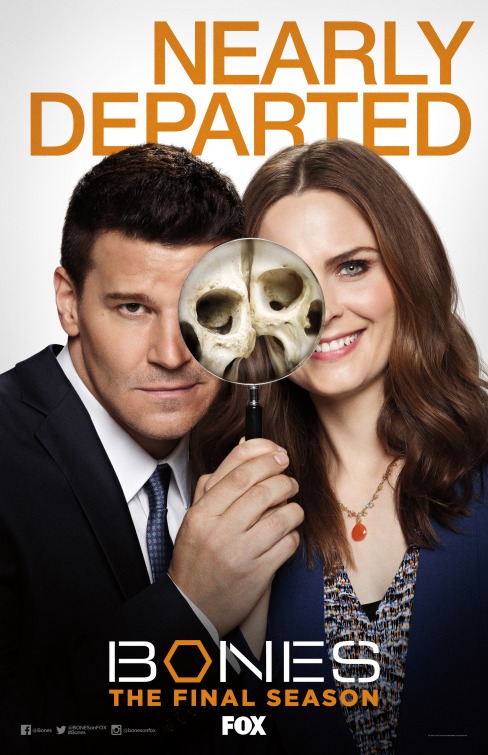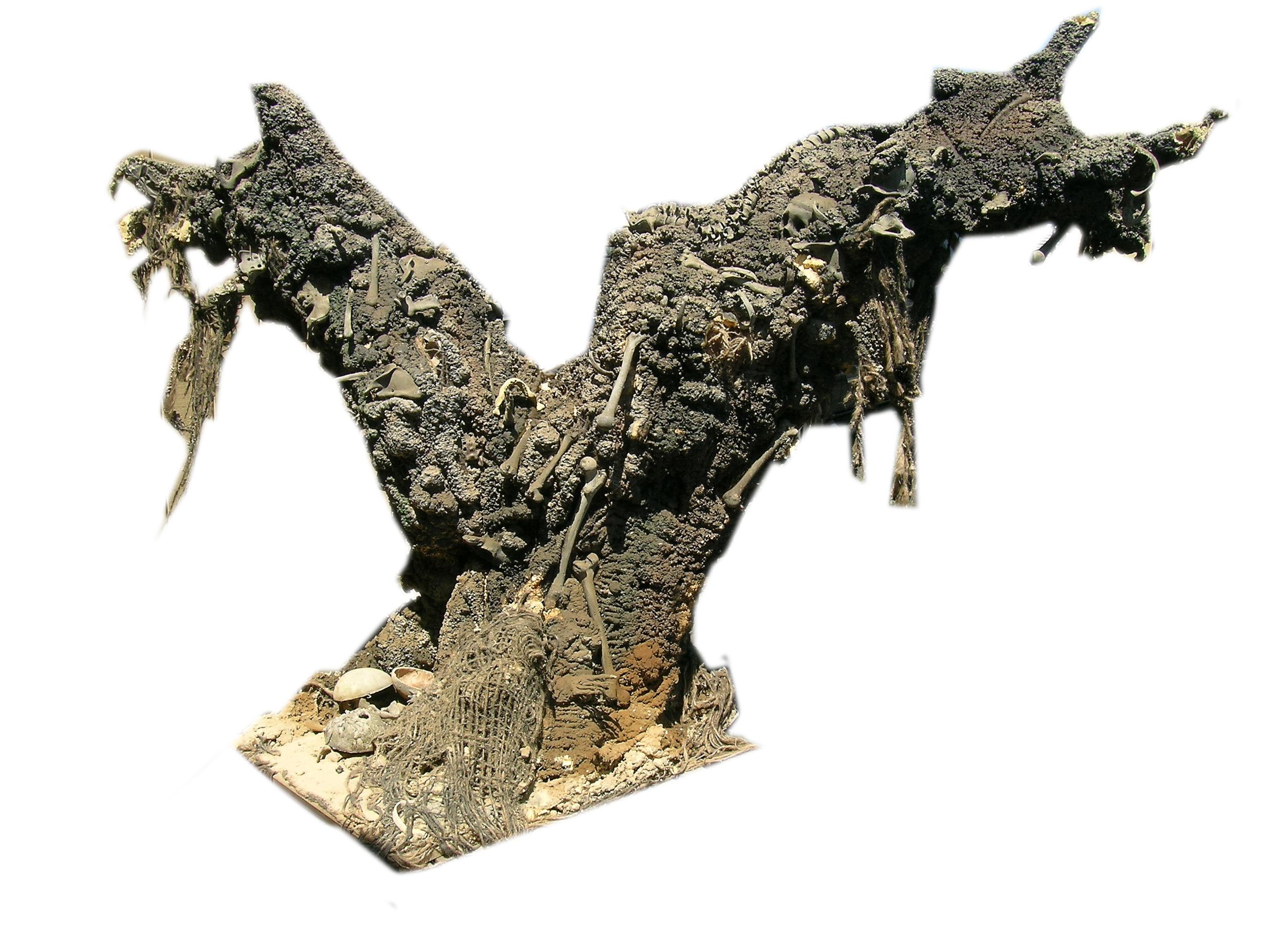
William Taylor Sullivan Barry (1841), U.S. Representative from Louisiana, and then a senator in the Confederate States Congress James Mason Hoppin (1840), Professor emeritus at Yale. Ferry (Bones 1844), United States Senator Richard Dudley Hubbard (1839), Governor of Connecticut, US Representative ġ840s Orris S. (1838), Speaker of the New York State Assembly Morrison Remmick Waite (1837), Chief Justice of the U.S. Allen Ferdinand Owen (1837), US Representative from Georgia. Chester Smith Lyman (1837), astronomer, Yale professor of Industrial Mechanics and Physics. Secretary of State, Attorney General, Senator, grandson of Roger Sherman : 131, 199 Thomas Anthony Thacher (1835), Professor of Latin at Yale University (1842–1886) : 47. John Edward Seeley (1835), US Representative from New York. Congressman from North Carolina (1841–1843) William Henry Washington (1834), Whig U.S. John Hubbard Tweedy (1834), delegate to the United States Congress from Wisconsin Territory (1847–1848). John Wallace Houston (1834), Secretary of State of Delaware (1841–1844), associate judge Delaware Superior Court (1855–1893). Asahel Hooker Lewis (1833), newspaper editor and member of the Ohio General Assembly. George Ingersoll Wood (1833), American clergyman. Attorney General (1876–1877), Secretary of War (1876), Ambassador to Austria-Hungary (1882) and Russia (1884–1885), father of William Howard Taft : 82 William Huntington Russell (1833), Connecticut State Legislator, Major General : 82. Phineas Timothy Miller (1833), American physician. Frederick Ellsworth Mather (1833), Democratic member of the New York State Assembly (1854–1857). Founding members (1832–33 academic year) William Huntington Russell, founder of Skull and Bones and the namesake of the society's corporate body, the Russell Trust Association Some news organizations refer to them as a power elite. There are no official rosters published after 1982 and membership for later years is speculative. In this list of notable Bonesmen, the number in parentheses represents the cohort year of Skull and Bones, as well as their graduation year. 
Until 1971, the organization published annual membership rosters, which were kept at Yale's library. Skull and Bones, a secret society at Yale University, was founded in 1832. Former United States President George Herbert Walker Bush is listed fourth down. It turned out to be the one Kong smashes out of the sky in the 2017 movie’s aerial attack sequence.Skull and Bones entry from the 1948 Yale Banner. As our tour bus made its way along a dark jungle trail, we saw the rusting wreckage of a military chopper.
#SKULL AND BONES MOVIE MOVIE#
But the lush and tropical backdrop of Jordan Vogt-Roberts’ Kong: Skull Island was filmed in various real-world locations, including Oahu in Hawaii.ĭuring the “Premier Movie Sites Tour” my wife and I went on during our Hawaiian honeymoon, we realized why Oahu’s Kualoa Ranch doesn’t offer helicopter excursions. To bring to life the vast ancient jungle of his 2005 movie, director Peter Jackson largely made use of movie studios in New Zealand. Like the original, they both take place on “Skull Island” – a fictional prehistoric land in the Pacific. And while each movie is a different take on the story, there’s just as big a contrast between their backdrops.

The best known are 2005’s epic re-imagining of the same name and 2017’s action-packed Kong: Skull Island. There have been many versions of 1933’s King Kong, the classic story about a giant ape who falls for a human woman.






 0 kommentar(er)
0 kommentar(er)
